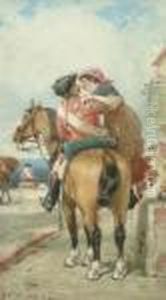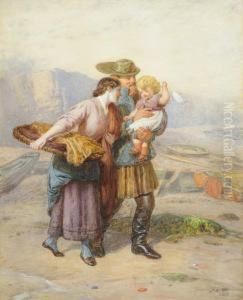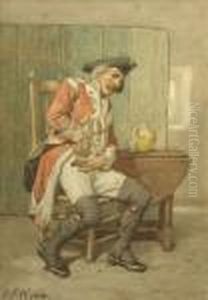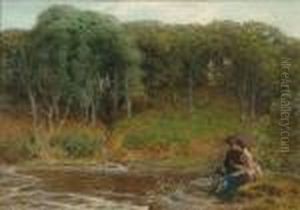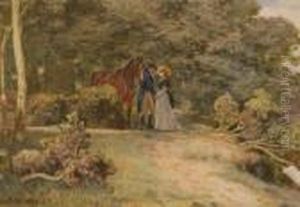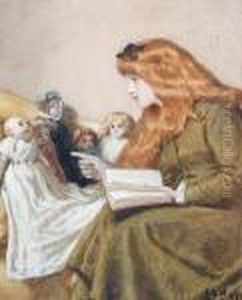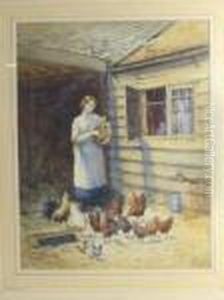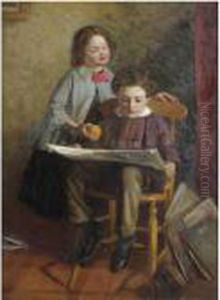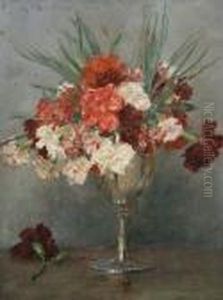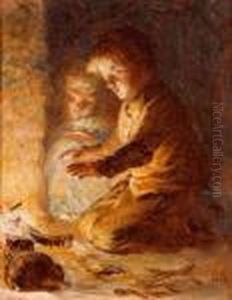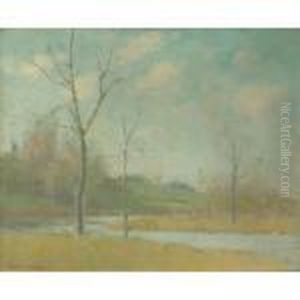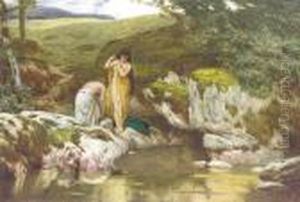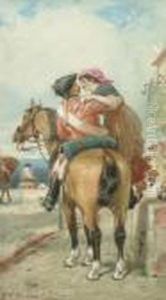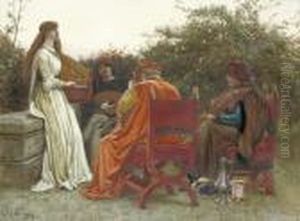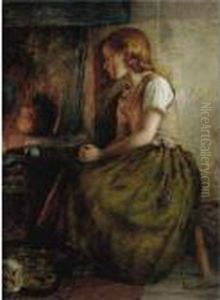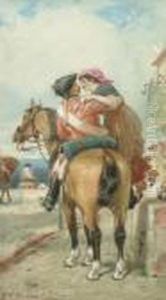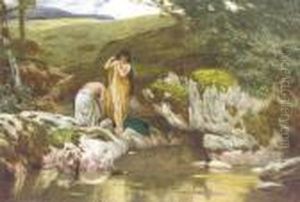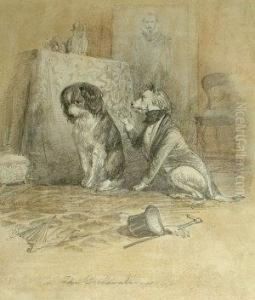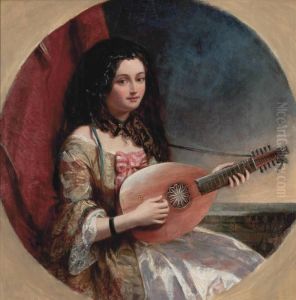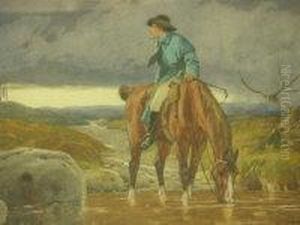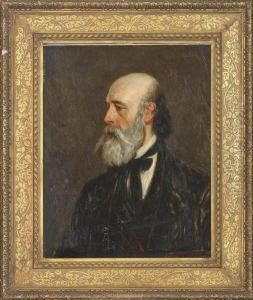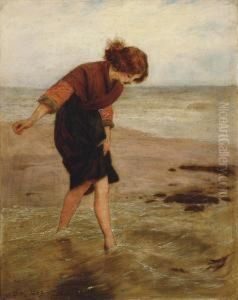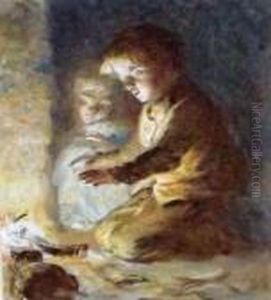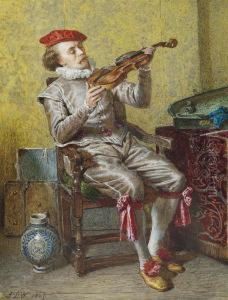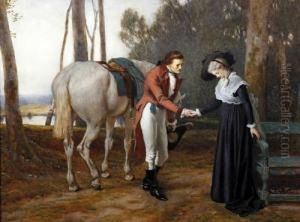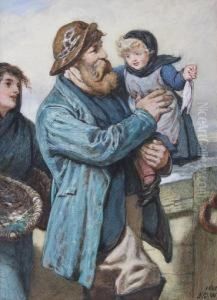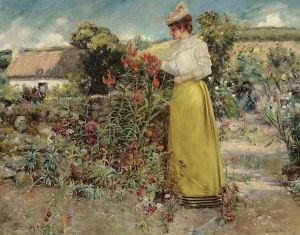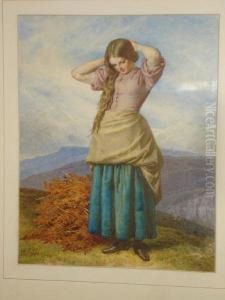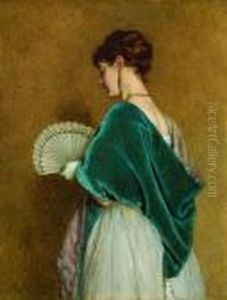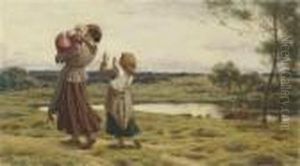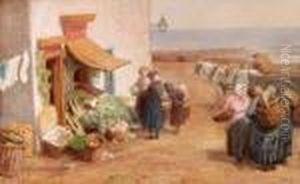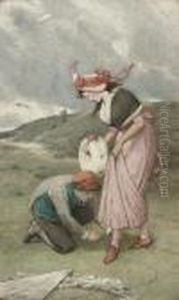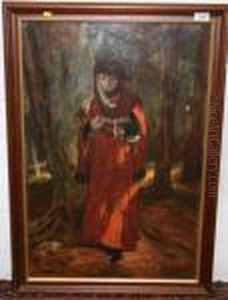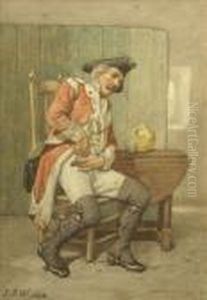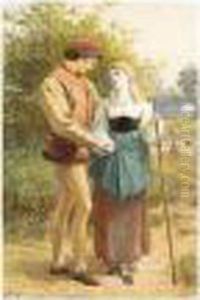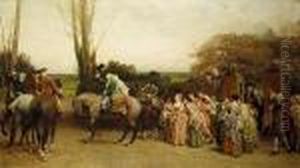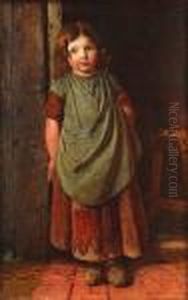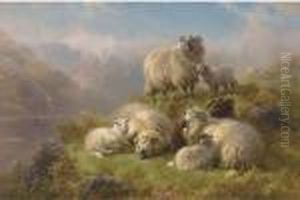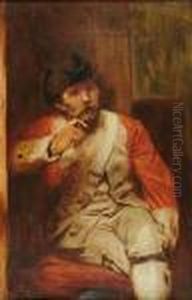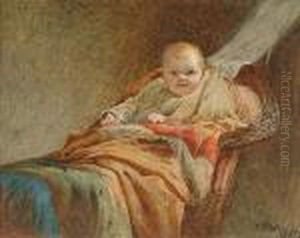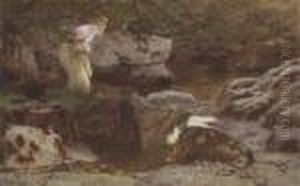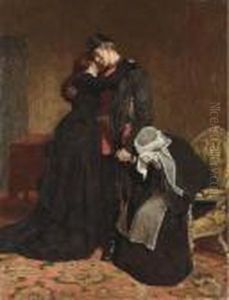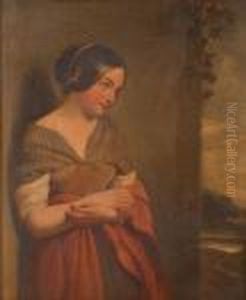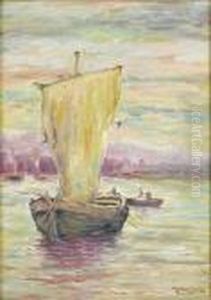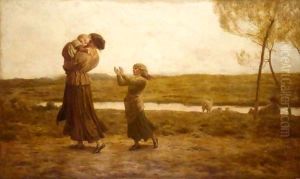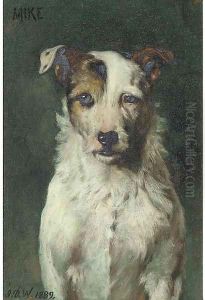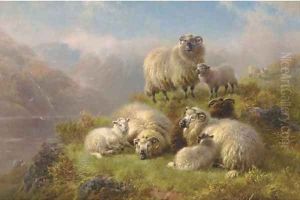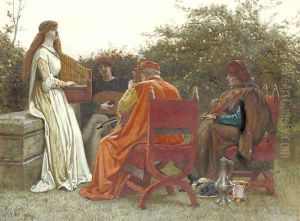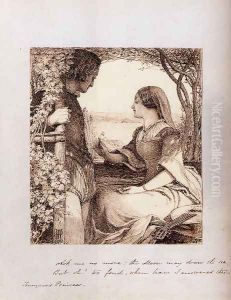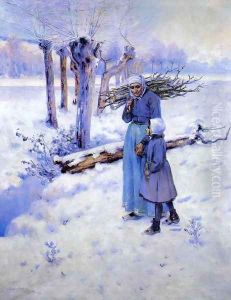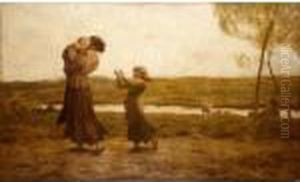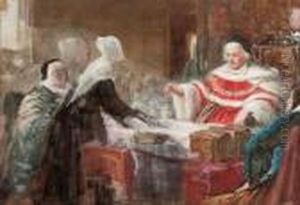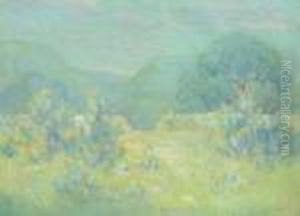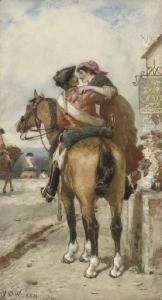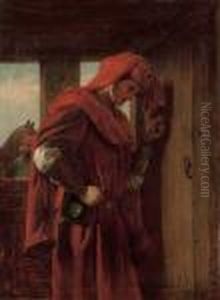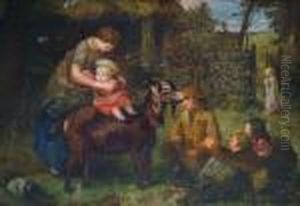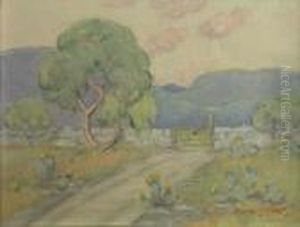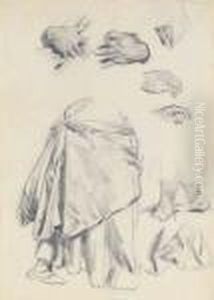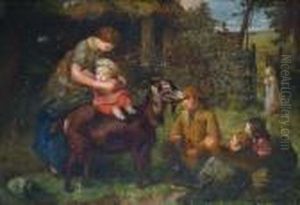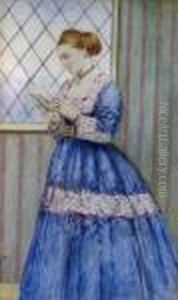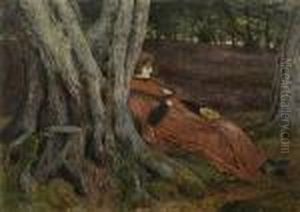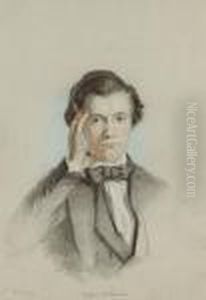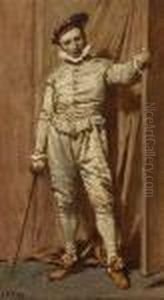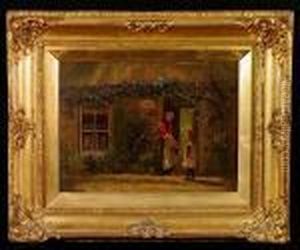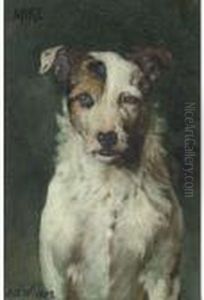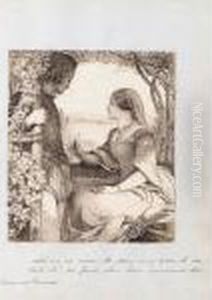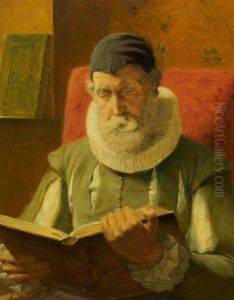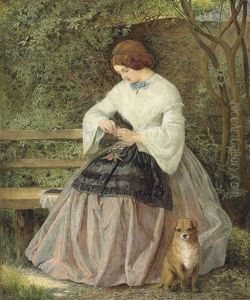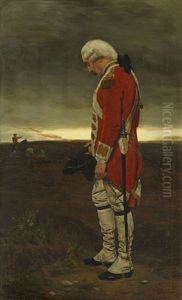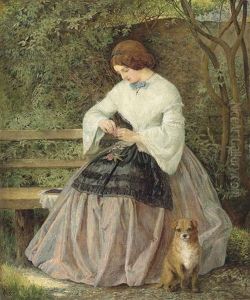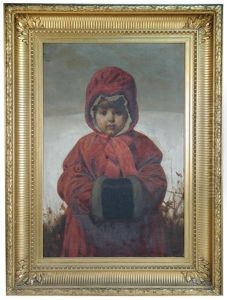John Dawson Watson Paintings
John Dawson Watson was an English painter, illustrator, and watercolorist known for his works in the genre of genre painting, a style that depicted everyday life scenes typical of the Victorian era. Watson was born on August 20, 1832, in Sedbergh, Yorkshire, and developed an interest in art at an early age. He was educated at the Sedbergh School and later attended the Royal Academy Schools in London, where he honed his artistic skills.
Watson's career as an artist began in the mid-19th century, a period that saw a flourishing of the visual arts in Britain, with the rise of the Pre-Raphaelite Brotherhood and a general interest in realism in art. Though not a member of the Brotherhood, Watson was certainly influenced by their attention to detail and their interest in bright colors and complex compositions.
Throughout his career, Watson exhibited his work frequently at prestigious institutions such as the Royal Academy of Arts and the British Institution. His subjects often included historical scenes, portrayals of contemporary social situations, and literary themes, inspired by authors such as Shakespeare and Charles Dickens.
In addition to his paintings, Watson was also a successful illustrator, contributing to books and periodicals of the time. His illustrations often accompanied texts in popular magazines, such as 'The Quiver,' 'Good Words,' and 'London Society.' These works further popularized his style and made his art accessible to a broader audience.
Watson's approach to painting was meticulous and his technique was noted for its precision and clarity. His use of watercolors was particularly admired for its vibrancy and the skill with which he manipulated the medium. Despite his adherence to the artistic conventions of his time, Watson's work also hinted at the changing tastes that would lead to the movements of Impressionism and Post-Impressionism later in the century.
After years of contributing to the British art scene, John Dawson Watson passed away on November 3, 1892. His legacy is preserved in the collections of several British institutions, including the Victoria and Albert Museum and the Walker Art Gallery in Liverpool. Watson's work reflects a transitional period in British art and offers a window into the Victorian society of his time.
